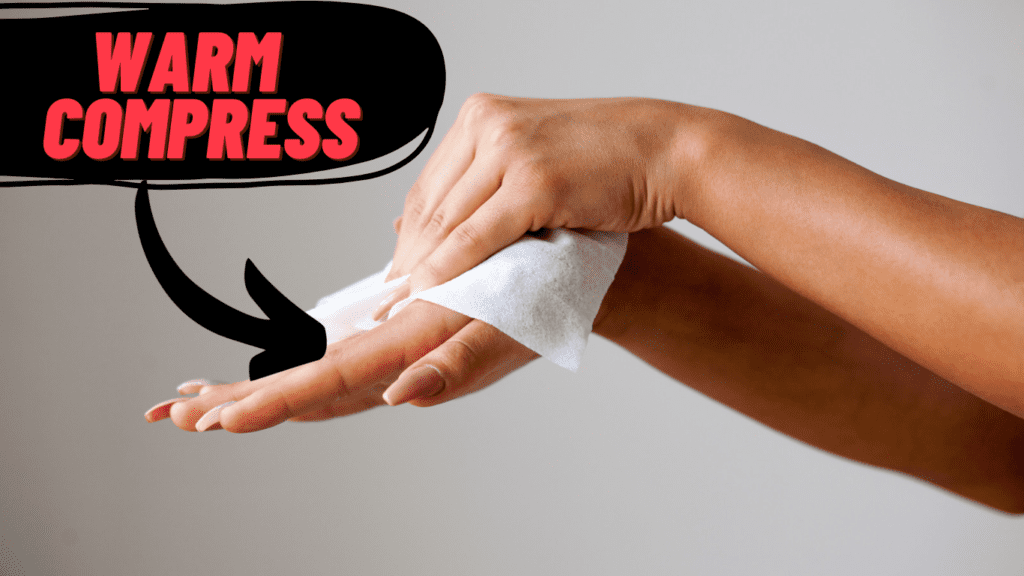If you’re one of the many people who have had an IV cannulation experience, you know how painful and uncomfortable it can be. IV cannulation, also known as intravenous catheterization, is a common medical procedure that involves inserting a needle into a vein to administer medication or fluids. While the procedure is necessary for many medical treatments, the pain and discomfort associated with it can be a deterrent for many people. However, with the right tricks and techniques, IV cannulation can be a much more pleasant experience.In this article, we’ll discuss the top 5 tricks to make your next IV cannulation as painless as possible.

1.Choose the Right Vein for IV cannulation
One of the keys to painless IV cannulation is choosing the right vein. Not all veins are created equal, and some are more suitable for cannulation than others. When choosing a vein, look for veins that are easy to see, palpate, and have a straight path. Avoid veins that are rolling, fragile, or located near a joint. The more visible and accessible the vein, the easier the procedure will be for both the healthcare provider and the patient.and then follow principles of cannulation
2. Apply Warm Compress
Applying a warm compress to the area for a few minutes before the procedure can help dilate the veins and make them easier to locate and access. A warm compress can also help to reduce pain and discomfort during the insertion. You can use a warm towel or a heating pad to apply heat to the area. The warmth will increase blood flow to the area and make the veins more prominent and easier to access. This technique is especially useful for patients with small veins or for those who have difficulty locating a vein.

3.Use Lidocaine
Lidocaine is a local anesthetic that can be applied topically. This can help to reduce the pain of needle insertion and make the procedure more comfortable for the patient. Lidocaine cream or gel should be applied at least 20 minutes before the procedure to ensure that it has time to take effect. Lidocaine is especially useful for patients who are nervous or anxious about the procedure or those who have a low pain tolerance.

4. Use a Smaller Needle
A smaller needle can make a big difference in terms of pain and discomfort during IV cannulation. A smaller gauge needle causes less tissue damage, reduces the risk of hematoma, and is less likely to cause pain during insertion. While a larger needle may be necessary for some patients or for certain procedures, using a smaller needle whenever possible can greatly improve the patient’s experience. Healthcare providers should choose the smallest gauge needle possible for the procedure to minimize pain and discomfort for the patient.

5. Use Distraction Techniques
Distraction techniques can be a great way to reduce pain and discomfort during IV cannulation. Sometimes, the best way to reduce pain and discomfort is to take the patient’s mind off the procedure. Using a stress ball, music, or conversation can help to distract the patient and reduce anxiety and discomfort. Distraction techniques are especially useful for children, who may be scared or nervous about the procedure. Healthcare providers should use their judgment to determine which distraction techniques are appropriate for each patient.

conclusion
IV cannulation doesn’t have to be a painful or uncomfortable experience. By following these top 5 tricks, you can make your next IV cannulation as painless as possible. Remember to choose the right vein, apply warm compress, use lidocaine, use a smaller needle, and use distraction techniques to make the experience as comfortable as possible. If you have concerns or questions about IV cannulation,
FAQs (Frequently Asked Questions):
Q1. What is IV cannulation?
IV cannulation, also known as intravenous catheterization, is a medical procedure that involves inserting a needle into a vein to administer medication or fluids. please do refer iv cannulation procedure for nurses pdf
Q2. Why is IV cannulation necessary?
IV cannulation or iv catheter is necessary for many medical treatments, such as chemotherapy, blood transfusions, and antibiotics. It allows healthcare providers to administer medication or fluids directly into the bloodstream, which can be faster and more effective than other methods of administration.
Q3. Is IV cannulation painful?
iv cannula insertion can be painful for some patients, especially those with small or difficult-to-access veins. However, with the right techniques and tricks, IV cannulation can be made more comfortable and less painful.
Q4. How can I prepare for an IV cannulation procedure?
Before an IV cannulation procedure, it’s important to stay hydrated and to inform your healthcare provider of any medical conditions or medications you are taking. You may also want to wear loose clothing that allows easy access to the veins.
Q5. Are there any risks associated with IV cannulation?
As with any medical procedure, there are some risks associated with IV cannulation, such as infection, bleeding, and bruising. However, these risks can be minimized by choosing the right vein, using sterile techniques, and following proper procedures.
Q6. How long does IV cannulation take?
IV cannulation typically takes only a few minutes, although the duration may depend on the complexity of the procedure or the difficulty in accessing the veins.
Q7. What should I do if I experience pain or discomfort during an IV cannulation procedure?
If you experience pain or discomfort during an IV cannulation procedure, be sure to inform your healthcare provider. They may be able to adjust their technique or use additional pain management strategies to make the procedure more comfortable for you.

informative article